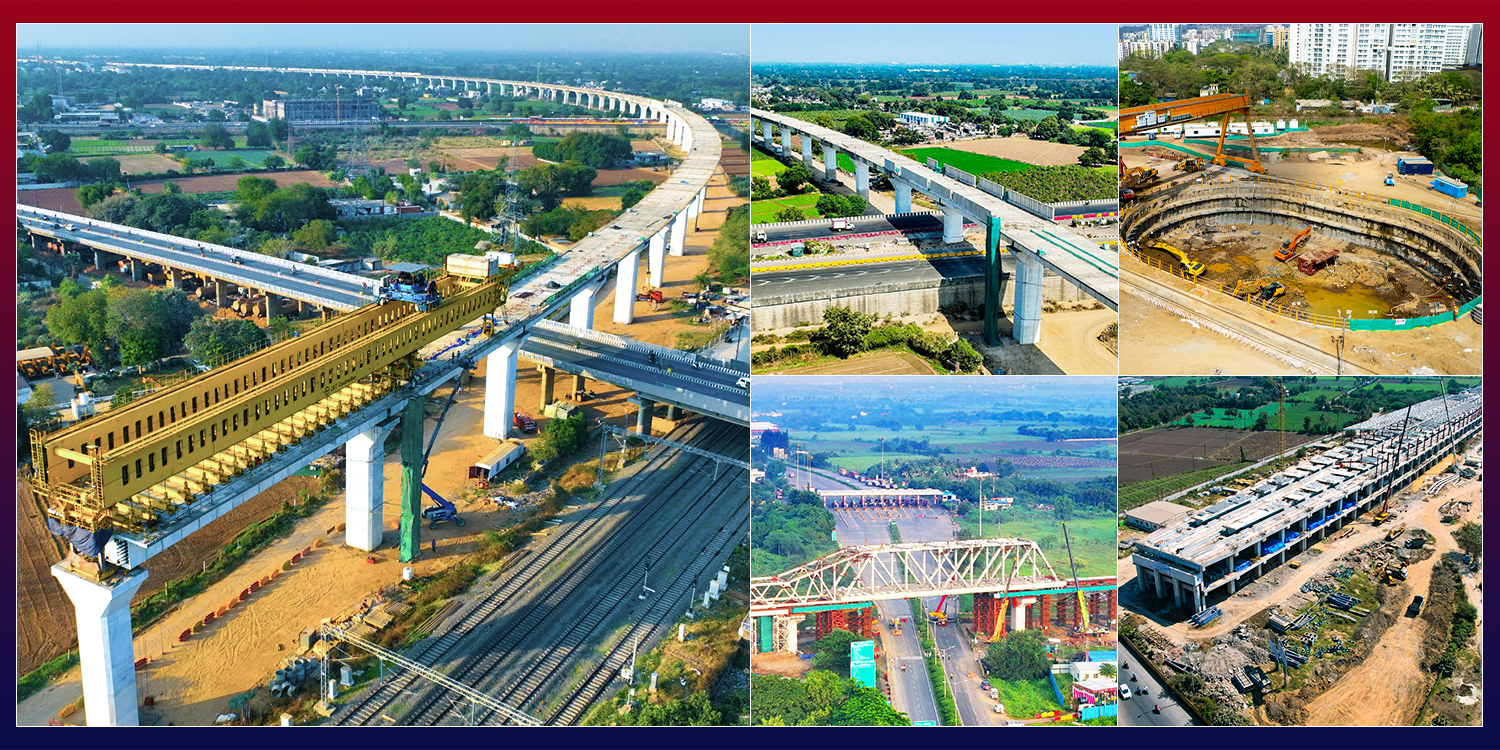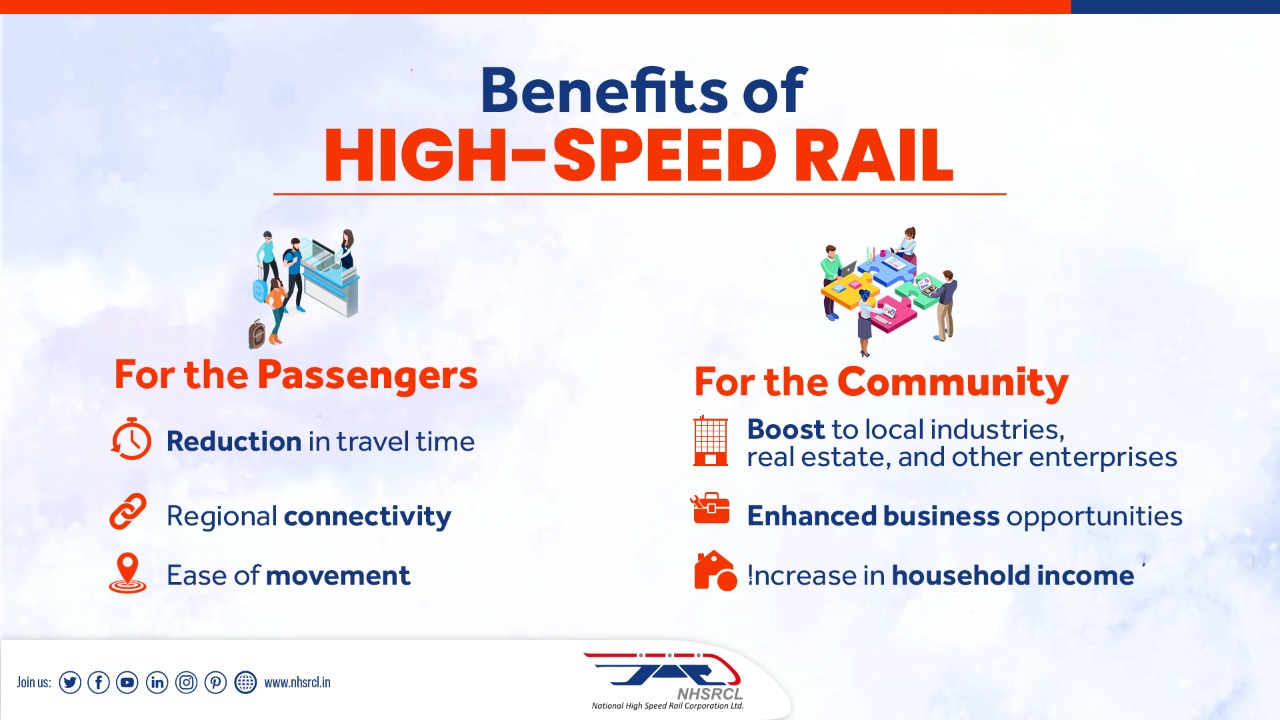Back in 1853 as the first passenger train steamed and rolled on the Indian soil, it took its first turn to becoming the great economic connector for the Nation. Trains have ever since played a key role in shaping the Indian Economy; from transporting over 22 million passengers (approximately 3 million passengers away from transporting an equivalent of the entire Australian Population) in a day, to moving over 1.2 Billon tonnes of freight traffic every year (Source:
https://indianrailways.gov.in/railwayboard/uploads/directorate/stat_econ/Annual-Reports-2019-2020/Year-Book-2019-20-English_Final_Web.pdf)
By virtue of shouldering the responsibility of carrying a staggering number and amount of passengers and goods respectively, Railways are known to be a cost intensive entity. In modern times, it is estimated that any investment in the Indian Railways will have a 5x multiplier effect on the larger economy (Source::https://www.rediff.com/money/interview/railways-have-a-5x-multiplier-effect-on-the-economy/20160224.htm). As the Nation progresses, introducing a high-speed rail corridor becomes a logical step for economic and ecological reasons.
For the past several years, Indian cities such as Mumbai, Bangalore and Delhi are counted in the top ten cities, worldwide, with skyrocketing levels of on road traffic congestion. In a year a Mumbaikar spends more than 6 days in traffic. Despite the surge of owning, one’s own vehicle, intercity mobility is still an issue, pollution is a massive concern, the time taken in traveling has increased due to which productivity of individuals has plummeted. Cities till date have varying independent economies that don’t really accomplish the goal of contributing to a cohesive regional economy.
With a project of this scale, the Mumbai Ahmedabad High Speed Rail (MAHSR) Corridor becomes of great strategic importance for regional economy. It is bound to provide economic efficiency in the Mumbai Ahmedabad region by virtue of the following things:
- Creation of new jobs resulting in the reduction of unemployment due to improved connectivity
- Upskilling opportunity with ‘Transfer of Technology’ (ToT)
- Increase in household income
- Impressive reduction in travel time
- Regional connectivity
- Ease of movement
- Boost to local industries, real estate and other enterprises
- Enhanced business opportunities
And therefore, a notable improvement of the demographic situation. As it will be made evident, the implementation of such projects creates social effects in addition to economic benefits.
Globally, HSR has made noteworthy contributions to the economy of the cities and regions it passes through. A paper written by economic academicians at the London School of Economics and Political Science and the University of Hamburg states with clarity, the power of High-Speed Rail.|
According to the study, cities that are connected to HSR systems witnessed a rise in Gross Domestic Product (GDP) by at least 2.7 per cent compared to their neighbours that did not have an HSR station.
A direct correlation was observed between increased market access via HSR corridor and a rise in GDP. Focussing on the HSR line connecting Cologne and Frankfurt opened in 2002, with trains running at 300km/h, it was found that for every 1 per cent increase in market access, there is a 0.25 per cent rise in GDP.
Source:https://blogs.lse.ac.uk/politicsandpolicy/the-economic-benefits-of-high-speed-rail-in-europe-can-now-be-demonstrated-beyond-doubt-now-the-uk-should-consider-investing-in-hsr-as-well/
Taking another example, the case of Lyon and how its high-speed rail link to Paris has enabled firms from the city to benefit from improved access to the French capital. The surrounding area of Lyon’s Part Dieu high speed rail station has seen an investment of 1.5 billion Euros in 2018 of which 1.1 billion alone was invested in the office market. Lyon has since stood out as one of the most dynamic European cities in terms of business and leisure tourism, and was voted as “Europe’s leading City Break Destination” in 2016 by the New York Times.
Source:https://medias.businessimmo.com/default/0002/43/142939/web-etudewhyinvestlyon-2019.pdf
Similar economic patterns have been observed in Japan, where high speed rail has seen a dispersal of investment and economic activity from the main ‘developed region’ towards the periphery. And in Spain, a number of towns and cities have benefited from improved links to the capital – for example, Lleida, whose high-speed rail links have helped to attract investment from Microsoft and other high-tech companies.
Source: https://assets.publishing.service.gov.uk/government/uploads/system/uploads/attachment_data/file/3648/hs2-decisions-and-next-steps.pdf
To cite the beginning of this socio-economic spur in India, we can take the following examples:
1) The Palghar Township project being given a headway owing to the promise of improved connectivity with MAHSR corridor:

Article by: The Times of India-Mumbai Edition, 01 June 2021
2) Pitching Ahmedabad as the next Olympic host by factoring the presence of the MAHSR corridor as a positive contributing factor to making the city a compelling location for the 2036 Olympics

Article by: The Times of India-Ahmedabad Edition, 11 June 2021
From the first spanner to the final slab track on which the bullet train shall run, MAHSR has to meet the impeccable standards of the Japanese Shinkansen and become the new yardstick of excellence in transportation technology in the Nation. Being the Nation’s first HSR corridor, the project symbolises the willingness to grow by leaps and bounds, in terms of technology, economy and social demography.
Indo-Japanese ties have enabled the conception of MAHSR Corridor and is being carried through on the basis of the Indian workforce’s ability to learn and adapt Japanese methodologies and technology.
NHSRCL lays an unwavering emphasis on crafting meticulous Japan based training systems for our employees. Since the high-speed rail technology is being adopted from Japanese Shinkansen train technology gaining mastery of the tools, technology, material and systems will help the workforce to adapt effectively to higher global demands going forward.
These learnings aren’t restricted to just the top-notch management, but is mindfully percolated to a point wherein the on-ground workforce is trained and upskilled. One of ToT initiatives entails opening up track construction to Indian contractors. An elaborate facility is being created at Surat for this, wherein the staff from the contractor will undergo training and certification for Shinkansen track technology by experts from Japan. As per the plan, about 1,153 personnel will be trained in Shinkansen construction technology and O&M procedures. It is estimated that the project can spur growth and create employment opportunities up to 90,000 during the construction phase, 4,000 direct employments in maintenance & operations & another estimated 20,000 indirect jobs.
Further, NHSRCL is in process of building anchorage with the help of its High-Speed Rail Training Institute (HSRTI) in Vadodara, that has been envisioned to become the training ground for all future high-speed rail workforce in India. The training institute will train approximately 3500 staff in various disciplines including Rolling Stock, Civil and track maintenance, Electrical, Signal & telecommunication station and train crew.
MAHSR Corridor spans over 12 stations of which 6 are cities (Ahmedabad, Anand, Vadodara, Bharuch, Surat, and Vapi) are major hubs of Gujarat Industrial Development Corporation’s Industrial Estate and Clusters in Gujarat. The connectivity that MAHSR will bring to the interconnected cities and adjacent district by virtue of intersectoral relationships is bound to bolster a cohesive economic wellbeing.
The MAHSR Corridor will comprise of a myriad of structures, be it viaducts, bridges or tunnels. All the civil construction packages contributing to about 70 per cent of the construction cost are open to Indian contractors. It is estimated that MAHSR will generate a requirement for about 7.5 million tonnes of cement, 2.1 million tonnes of steel and 0.14 million tonnes of structural steel, all of which will be made in India.
The core idea is to give Indian engineering, technology, construction, manufacturing and other allied industries a much-needed boost, which will place them on the Global map for competence. Indian companies will meet global standards in creation of parts as well as fitting of tracks.
HSR corridor has the potential to bring about both commercial and socio-economic efficiency, bolstering cities and districts to start taking the shape of agglomeration economies that contribute on a national level. It not only gives individuals the opportunity to learn, train, travel better but levels up the overall living standards for them. Be it a single person or the whole State, the observed growth effects of the HSR line not only benefits all but is also persistent.



